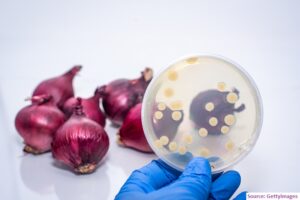Antibiotic resistance is an ancient phenomenon common in environmental bacteria, however resistance in human pathogen is the unpredicted modern phenomenon which is a result of overuse and misuse of antibiotics. One of the most common antibiotic resistant bacteria is Methicillin-resistant S. aureus. It is the major cause of over 1,71,000 invasive infections all around the globe. Authors have shown that the lineage of Methicillin-resistant S. aureus had appeared in European hedgehog in the era of pre antibiotics. With time, the lineage started to spread among the population of hedgehog, and consequently to the secondary host that includes the human and livestock.
The authors demonstrated the production of beta-lactam antibiotics by hedgehog dermatophyte Trichophyton erinacei, providing naturally selective environment. The study showed evolutionary and ecological mechanism, has led to the emergence and spread of methicillin resistance from the era of pre antibiotics by co-evolutionary adaptation of S. aureus in the infected hedgehogs. These results indicate the significance of one health approach on antibiotic resistance which recognises the part of natural selection process occuring in wild life and interrelationship between human, natural and agriculture ecosystem in evolution and spread of antibiotic resistance.
To know more, please visit the website of Nature (link).







